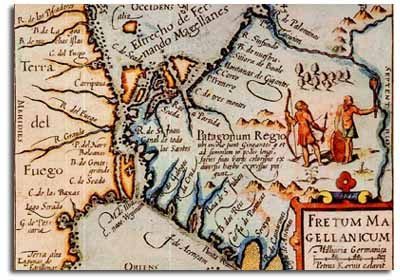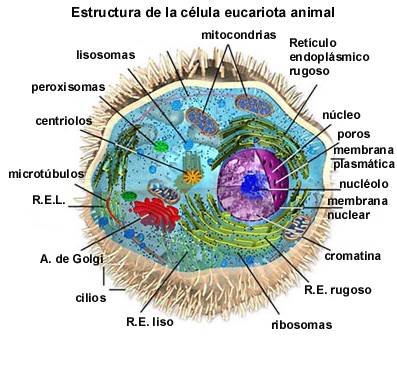 The name of Fauvism has been applied to an artistic trend derived from Impressionism that took place in different parts of Europe, especially between the years 1905 to 1907. Fauvism has been considered one of the clearest exponents of Expressionism, a pictorial theory that was based on in the notion that representations of reality should reveal the feelings, mood and sensations of the author rather than be guided by logic and linearity.
The name of Fauvism has been applied to an artistic trend derived from Impressionism that took place in different parts of Europe, especially between the years 1905 to 1907. Fauvism has been considered one of the clearest exponents of Expressionism, a pictorial theory that was based on in the notion that representations of reality should reveal the feelings, mood and sensations of the author rather than be guided by logic and linearity.
The name Fauvism is related to the French term 'Fauve' which means beast or wild animal. The Fauvist painters, among whom Henri Matisse was the most significant and recognized worldwide, sought to use colors that stood out for their vibrant tone, in addition to representing shapes that sometimes lost their figurative style and that were rarely colored with the tones observed in nature. The use of strong and irregular lines, as well as abstract forms, was another of the great constants of Fauvism. Fauvism often ran through contrasting colors and the central importance they gave to issues like this made them (voluntarily) put aside their interest in perspective, chiaroscuro, and detail.
Fauvism is considered to be an evolution of Impressionism since the latter was responsible for breaking the traditional and academic canons of painting to give rise to numerous artistic avant-gardes that dominated the 20th century and that would mean a completely different way of representing reality. .
Among the most renowned Fauvist artists we must mention Henri Matisse, who was also the founder of the movement, Raoul Dufy, Georges Braque, André Derain and Maurice De Vlaminck. They held only three official exhibitions between the years that their movement lasted, although the presence and relevance of their works for future pictorial schools would remain for a long time.









